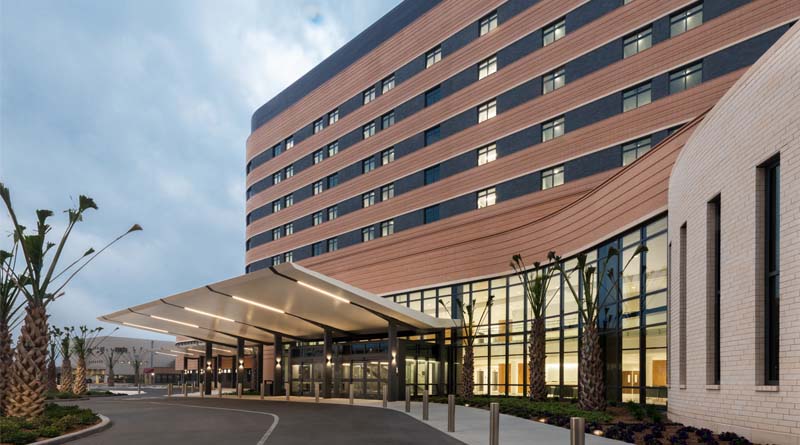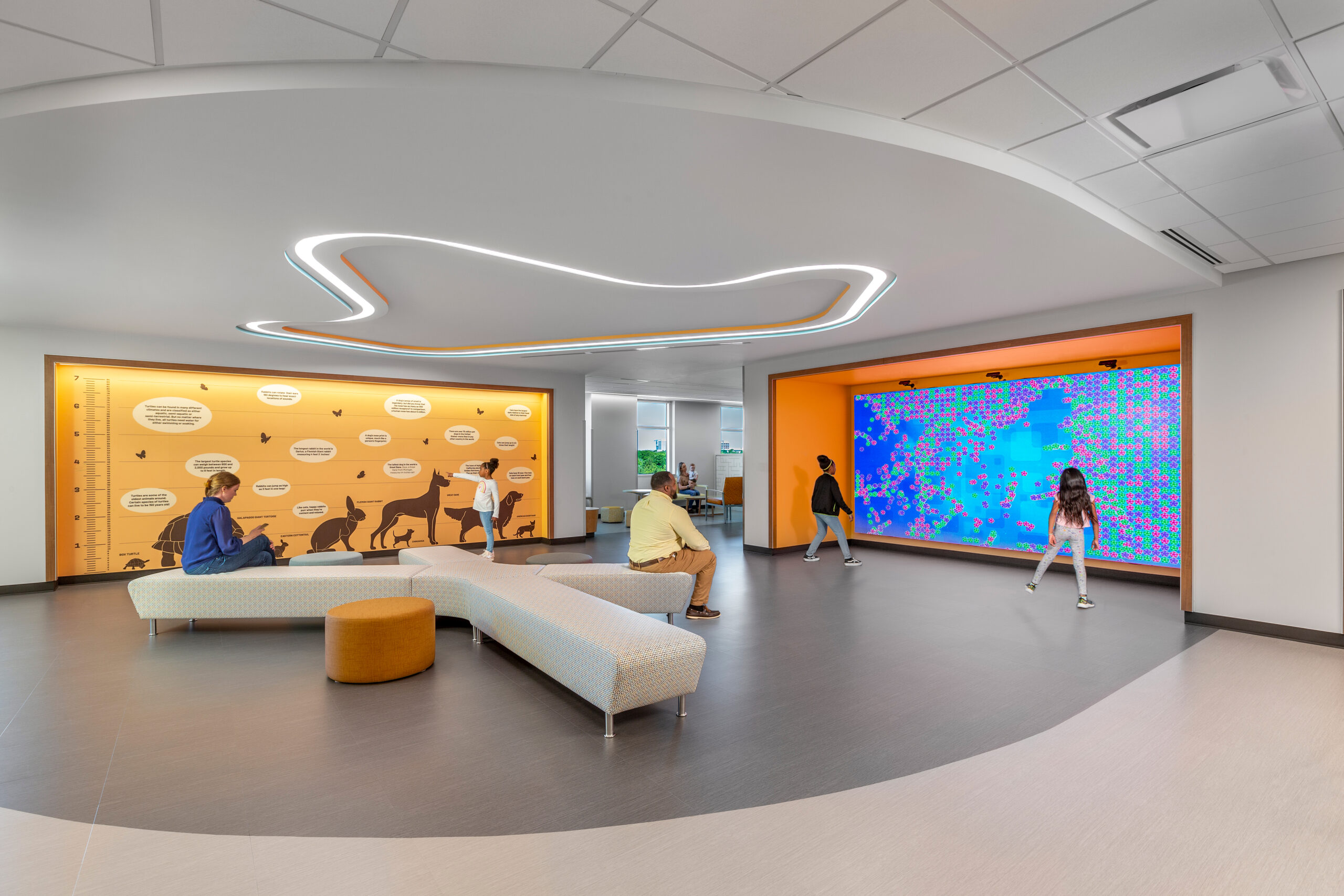By Julie Frazier
It’s critical that healthcare leaders across the world implement resilient design into the planning of today’s healthcare facilities––particularly given the unprecedented challenges 2020 has brought about. Now more than ever it is a priority to integrate adaptable and long-lasting design solutions into these establishments to better influence patient outcomes.
These ideas became more prevalent to me after participating as a panelist for a discussion on “Resilient Design in Healthcare,” which was sponsored by the Texas Chapter of Women In Healthcare. The discussion was set up to ensure that each panelist was serving the healthcare community in a different way, bringing unique perspectives to the conversation and facilitating a meaningful exchange of ideas. Subsequently, the panel included a project manager and owner’s representative, the resilient officer for the city of Dallas, and an MEP engineer. Below, I outlined five primary takeaways from the conversation:
Defining Resilient Design
Resilient design is the ability to proactively identify vulnerabilities from natural and man-made threats, and to create design strategies that address these potential threats. Created by either acute shocks or chronic stressors, these threats can be considered from an economic, social and/or environmental lens. As a result, a design created with resiliency in mind must be flexible enough to adapt to our ever-changing environment. Equally important to consider is a human-centered approach that encompasses equity, inclusion, and justice, as we must consider who is not at the table, who could be harmed, and who is being served.
Identifying the Highest Risks and Potential Consequences
With lives at stake, the interruption of continuous operations such as electricity and running water is a profound concern, which can lead to the loss of lives as well as liability and lost revenue. Redundant electrical and mechanical systems as well as utilities such as water lines are found to be a successful strategy in this event. However, systemic inequity continues to be a factor of life and death for communities of color, and healthcare systems have a responsibility to take care of the most vulnerable people in their community. For example, Black women are three times more likely to die in childbirth, and uninsured patients are also predominantly Black. To fight inequity, we must acknowledge it and try to understand it so we may formulate a plan to stop it. We also must make concerted efforts to educate people on career opportunities within the healthcare industry and help facilitate a path to get there.
While the strategies above apply to most healthcare projects across the industry, it is important to recognize that most risks are location specific and should be researched and gain consensus from the team as to what risks are most likely to happen and which would have the highest consequences.
Finding the Best Approach and Implementing Strategy
At the beginning of each project, it is important to ask three questions:
- What are the local climate projections?
- What are the vulnerabilities?
- What strategies address these vulnerabilities?
A visioning session with all stakeholders is essential to having buy-in from all members of the team, as a cross-disciplinary approach will ensure that every area of expertise is considered. Risks must be identified as to what is most likely to occur and what approach will have the highest consequence, allowing the use of funds to be thoughtfully allocated within a project. When talking about resiliency, it is also important to consider public outreach and education to prevent people from becoming inpatients as they are often of higher acuity than in the past. This takes on a wellness strategy, aiming to keep the population healthy rather than solely addressing illnesses.
Adopting Diversity, Equity and Inclusion
When asking ourselves why communities of color don’t trust the healthcare system, providers must look inward at how policies have perpetuated inequity and how it can be addressed by creating accountability through metrics to close the gap. Identifying goals is just one step––we then, must continue to work towards them.
It’s also important to note that the trade workforce is aging and not enough young people are going into trade jobs. This conversation brought about a critical reminder that there is a lot of great opportunity in bringing more people into trade training programs and creating more trade career paths where people can make good money––as systems and equipment are increasingly technical and these organizations need people to build and maintain them. Recruitment should start in a facility’s own backyard creating a homegrown talent pipeline which benefits the community the buildings are in.
Reshaping Our Thinking
There are many strategies that are possible for the near and long-term as well as for existing and new builds. Ultimately, the key philosophy is adaptability. The use we have for a space may change over time or only be needed during a surge so we must design spaces that are flexible enough to work with changing needs. For example, creating flexible spaces that may be converted into a mass triage or additional beds can be accomplished by hiding plumbing, med gas and electrical outlets in spaces normally used for public functions. Acuity adaptable beds are also a great strategy allowing wholesale changes in acuity to units as the need arises.
We have also been seeing a paradigm shift where staff are being cross trained to be able to assist where needed as people overwhelm the hospital. Operationally, the flow of patients throughout has been streamlined with curbside check-in and ‘wait in car’ policies.
This year has reminded not just leaders, but all professionals within the healthcare industry, that we must implement thoughtful processes into our facilities––which requires us to challenge our traditional ways of thinking and planning.
Julie Frazier, AIA, ACHA, LEED AP BD+C, is an associate principal, health, with Perkins&Will.






